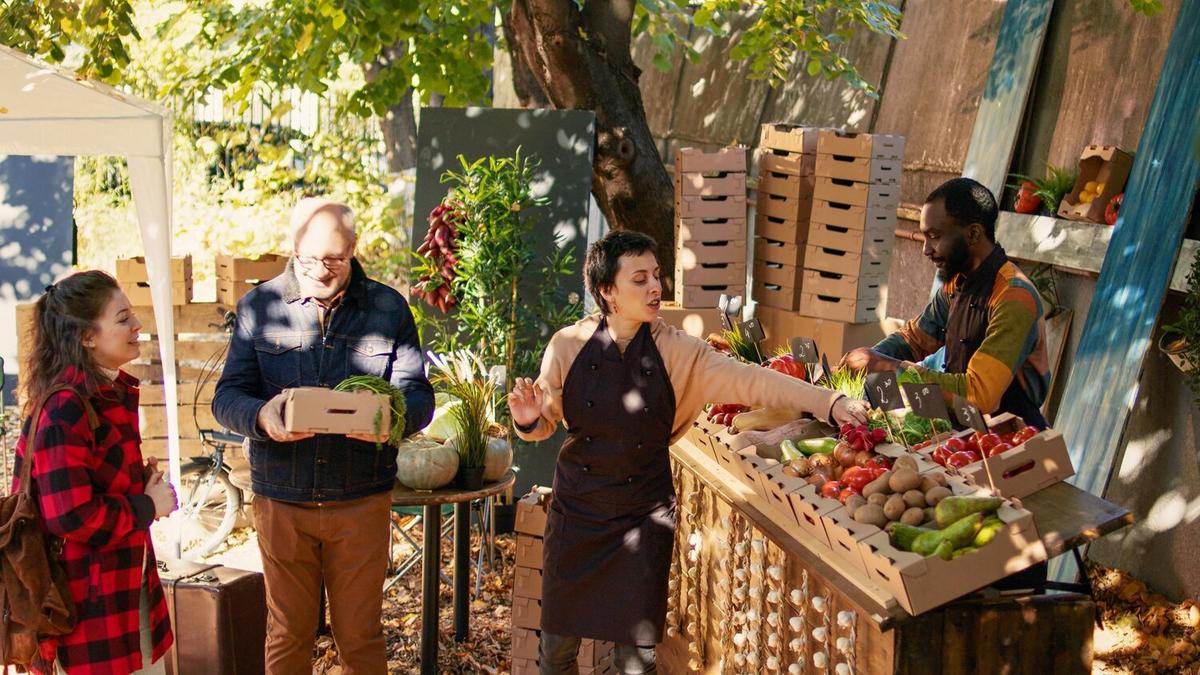
Ways to Support Small and Local Farms
Supporting small and local farms is a powerful way to contribute to sustainable food systems, bolster local economies, and promote community well-being. As consumers become more conscious about where their food comes from, understanding the importance of nurturing these farms becomes crucial.
Why Support Small and Local Farms?
Small and local farms are integral to building sustainable food systems. They often employ sustainable farming practices that prioritize environmental health and biodiversity. According to a report by the Food and Agriculture Organization, smaller farms tend to use more traditional and organic methods, which helps reduce the carbon footprint and enhances soil health.
Economic and Community Benefits
Investing in local farms strengthens the local economy. When you purchase from nearby farms, more money stays within the community. This, in turn, creates jobs and supports local businesses. The American Farmland Trust highlights that for every dollar spent at a local farm, up to 68 cents are recirculated in the local economy.
How to Support Local Farms
- Visit Farmers’ Markets: Buying directly from farmers ensures they receive a fair price for their products.
- Join a CSA: Community Supported Agriculture (CSA) programs allow you to subscribe to receive regular produce deliveries from local farms.
- Shop at Local Grocers: Choose grocery stores that stock products from local farms.
- Participate in Farm Tours: Get to know local farmers and their practices by visiting their farms.
- Advocate for Policy Change: Support policies that provide subsidies and support to small-scale farmers.
Personal Stories
Take, for instance, the experience of a family in Vermont who decided to switch to local farm produce. They found that not only did the taste of their food improve, but their children also became more interested in eating fruits and vegetables, knowing where it came from.
Pro Tip: Start a community group dedicated to supporting local farms. This can help organize events, share resources, and provide a network for like-minded individuals.
Statistics and Research
| Benefit | Impact |
|---|---|
| Environmental Sustainability | Reduces use of synthetic fertilizers |
| Economic Growth | 68% recirculation of money in local economy |
| Community Health | Access to fresh, organic produce |
| Food Security | Less reliance on imported goods |
| Biodiversity | More diverse crop varieties |
| Job Creation | Increased employment opportunities |
| Education | Greater awareness of food origins |
| Social Cohesion | Stronger community ties |
Challenges and Solutions
Despite their benefits, small farms face challenges such as limited access to markets and financial strain. Supporting local food initiatives and advocating for policy changes can help mitigate these issues.
FAQs
How can I find local farms near me?
Use online directories or visit local farmers’ markets to connect with nearby farms.
What is a CSA?
Community Supported Agriculture (CSA) is a system where consumers subscribe to receive regular produce deliveries from local farms.
Conclusion
Supporting small and local farms is more than just a purchase; it’s an investment in a healthier planet and community. By choosing to support these farms, you contribute to more sustainable food systems, economic stability, and vibrant communities. Take action today and explore the numerous ways to engage with and support your local farming community. For more information on sustainable food systems, visit [Sustainable Agriculture Research & Education](https://www.sare.org/).